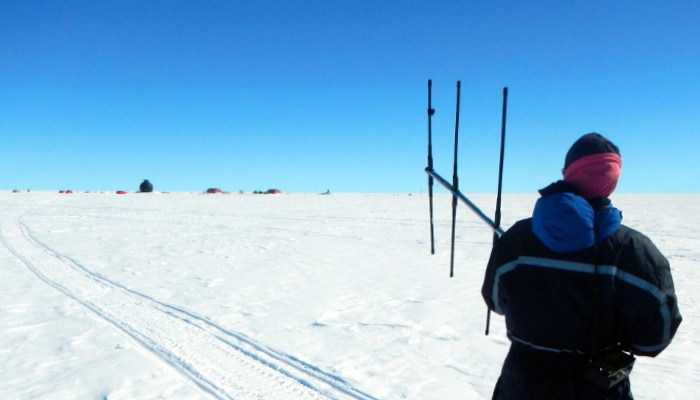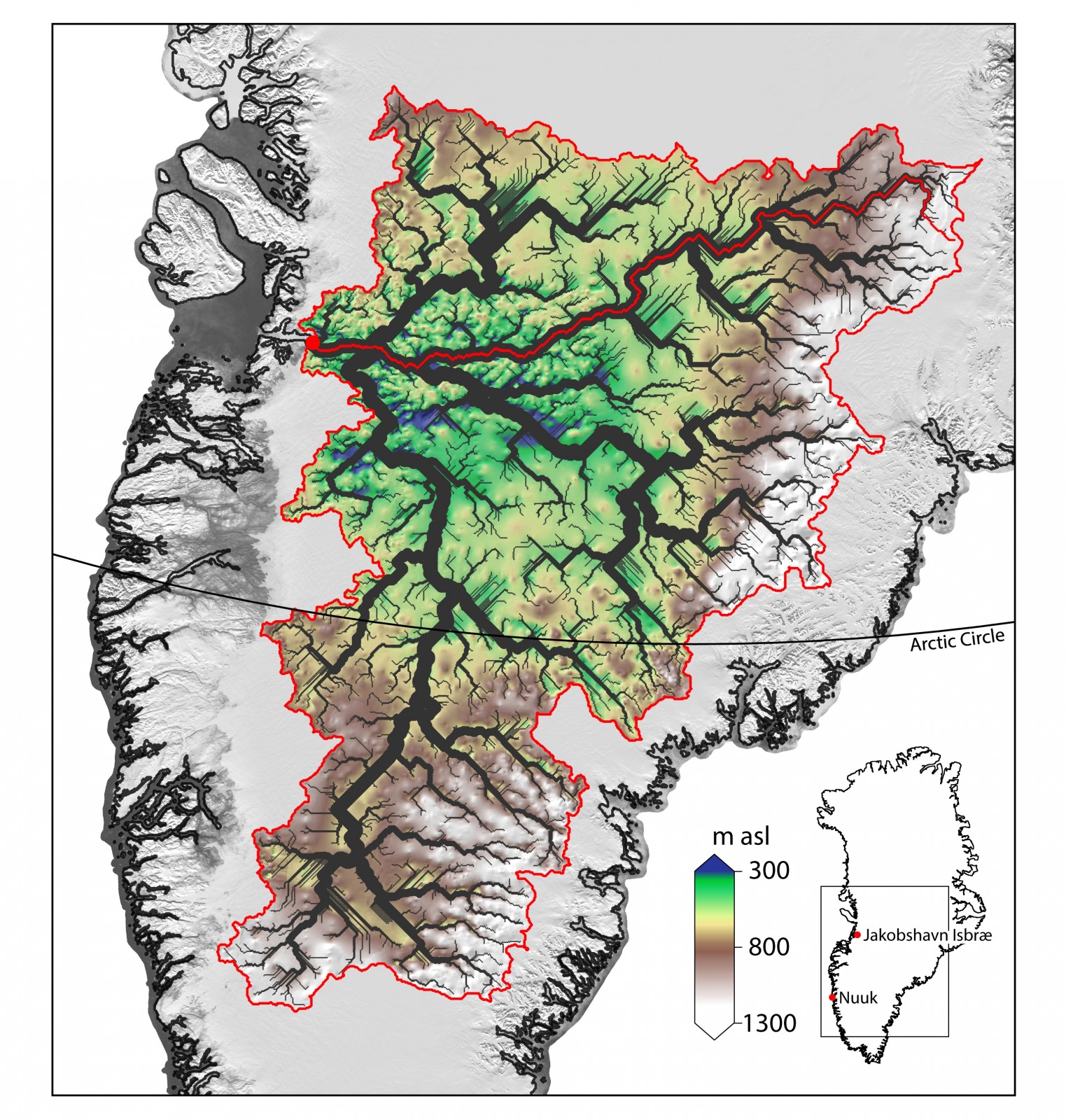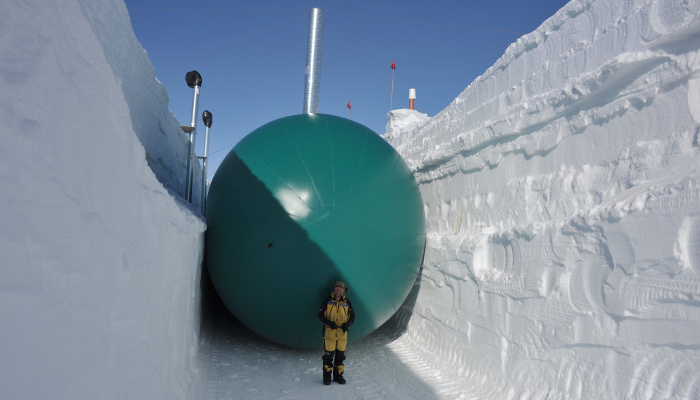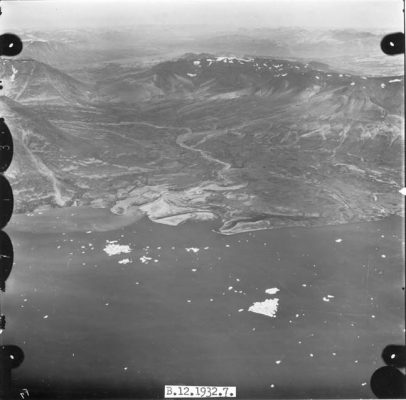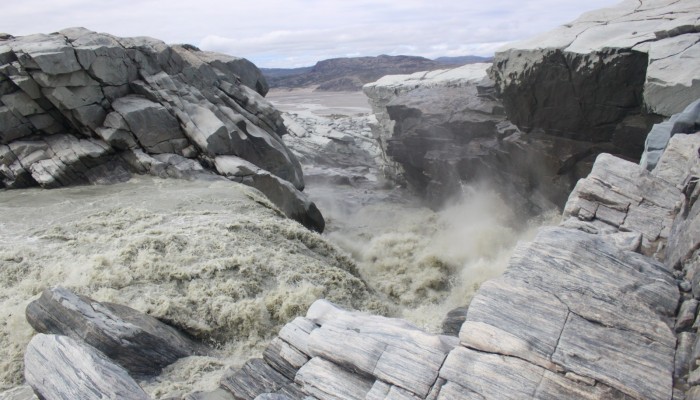Born on this Day On this day in 1872 – 145 years ago –Ludvig Mylius-Erichsen, Danish author and polar explorer, was born. He led two expeditions to Greenland and successfully mapped the then unknown northeastern part of the country. The second expedition was his last. The expedition was surprised by an early onset of spring and could no longer use their dog sledges. The two Danes, Mylius-Eri ...[Read More]
Polar Exploration: Perseverance and Pea Sausages




